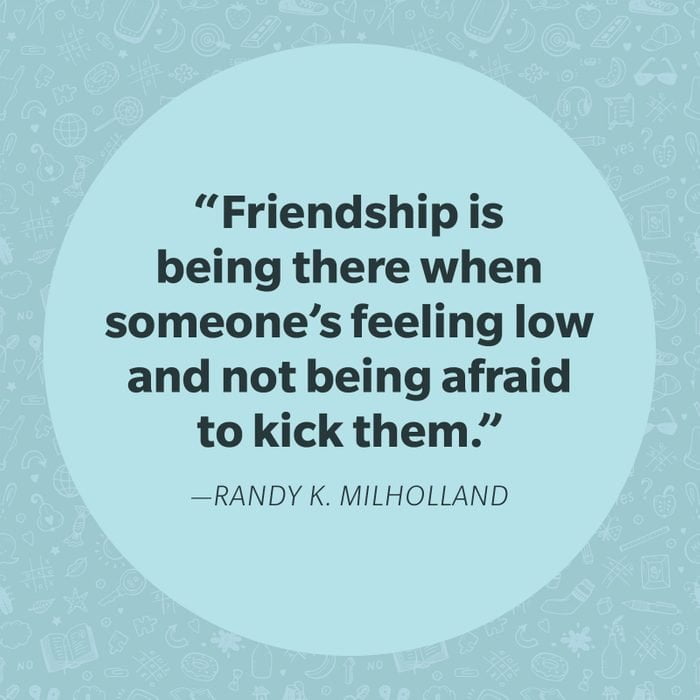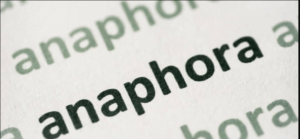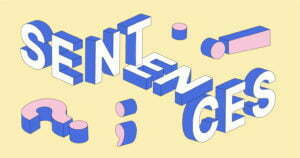Creative writing is an acquired skill that is used in almost every aspect of our lives. From personal journals to international books and news, we come across different writing styles in all of the literary compositions.
But what is it that makes them distinct from each other? And how do we know where to use which writing style?
Don’t you worry about it. Podium School has broken down the types of creative writing for you so that you can excel at composing comprehensions and what not!
Types of Creative Writing
Creative writing has been broadly classified into 4 major groups –
- Expository
- Descriptive
- Narrative
- Persuasive
Let us have a detailed look at each type.

Expository Form
The lexical meaning of ‘expository’ is to explain something or expose the facts. Therefore, this form of writing incorporates a detailed explanation of an idea or a process.
Its goal is to provide objective information with precise facts and educate them — not entertain them. So we don’t include our opinions in this form, rather we keep the content unbiased. The matter must remain coherent and informative.
We observe this form of writing in textbooks, newspapers (except the editorial column), reports, manuals, guides, etc. In fact, this article itself is in an expository form.
The expository form can be further classified into 5 divisions –
- Process
- Problem and Solution
- Compare and Contrast
- Definition
- Classification
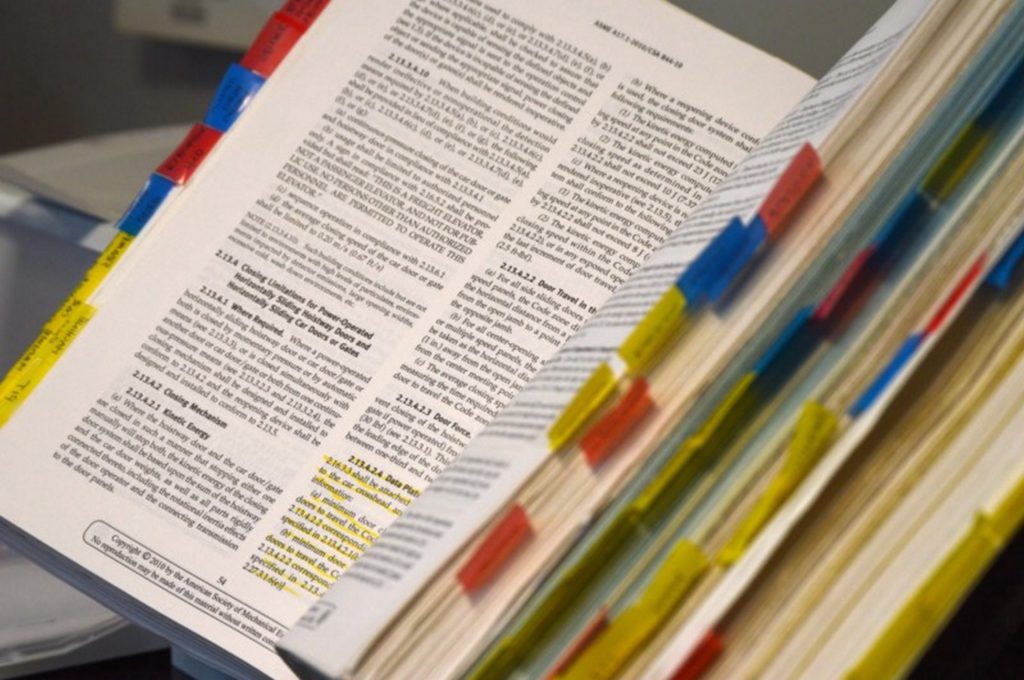
It explains the step-by-step process of something, and is always in a sequence.
Example– Instruction manuals, recipe books, etc.
Become a professional Content Writer from the comfort of your home.
Sign up for Podium Pro and get a chance to create awesome content for top global brands!
The Problem and Solution
Process Writing
It mentions the problems and proposes one or more, effective and feasible solutions to them.
Example– Troubleshoot problems; Searching for ‘how to restart a computer’
Compare and Contrast
In this type of writing, we compare two or more topics — stating their similarities and differences. One important point is that we don’t compare two drastically different topics; it is ludicrous to compare English and Maths.
We make comparisons between topics falling under the same category, such as differences and the interconnection between Literature and Grammar, or Algebra and Geometry.
Definition
Here, we define a topic or explain the meaning of something — a term, phrase, idioms, etc. Defining a topic includes not only the basic definition of it but also encompasses the background information and the causes and effects of it.
Example – An essay on Renaissance
Classification
The sub-topics and categories of a topic are explained in this type of writing.
Example – This section of subdivisions of explanatory writing.
You must bear in mind that any explanatory comprehension cannot be classified into just one subdivision, it is usually a blend of two or more types.
Descriptive Form
The lexical meaning of ‘descriptive’ is to describe. Therefore, it encompasses vivid descriptions of a character, place, event, emotion or idea.
The goal is to provide a description so clear that the reader can practically visualize it. Hence, the writers often use literary devices such as metaphors, similes, etc. and also use all five senses as a form of description
Example –
- Honesty is the best policy (metaphor)
- As sly as a fox (simile)
- The place was eerie enough to give me goosebumps
- The lights in the room blinded me.
We observe this form in fictional writings such as poetry, journal writing, etc., and is avoided in scholarly writings.
While describing any entity, we follow a specific order based on the type of that entity.
For example, when we describe a person, we start by describing their physical features and then following up with personality and other traits. When we describe a location, we start by describing its surroundings, adding on the population, culture, and so on.
The key component of descriptive writing is to have a firm grip over adjectives (words that describe a noun), and adverbs (words that describe a verb or an adjective).
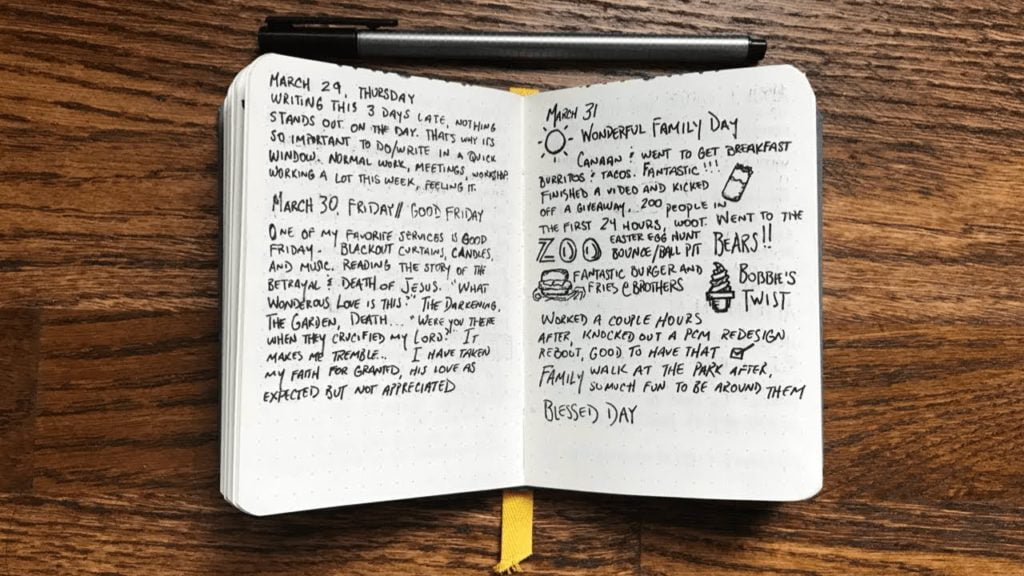
Narrative Form
The lexical meaning of ‘narrative’ is the account of an event. Therefore, it encompasses the narration of a story or event — real or imaginative.
This form of creative writing includes characters, dialogues, plot, background information — what was the situation, what was the action, what was the reaction, etc.
While narrating an event, we’ll have to describe the surroundings and the ambiance of it, for which we apply descriptive writing. And since we have characters as well, a change of point of view is also observed.
We observe narrative writing in biographies, anecdotes, short stories, novels, etc.
The narration can be of different types-
Linear: in which the chronology of events is sequential
For example – we often read articles of historical events, occurring one after the other.
Non-linear: in which the events are placed nonconsecutively
For example –
- we come across crucial parts of a story in form of flashbacks, or
- cue to the ‘5 years ago’ in between a story to drop an important hint

Persuasive Form
The lexical meaning of ‘persuasive’ is to convince someone to do or believe in something through logic and arguments. Therefore, it encompasses the persuasion of people to take certain actions or believe in an idea or opinion.
Contrary to the expository form, the persuasive form is based on biased opinions. But to provide credibility on a particular viewpoint, evidence and facts are important.
The writers often try to appeal to the emotions of the readers to create a deeper impact.
We observe persuasive writing in advertisements, political speeches, editorial columns of newspapers and magazines, non-fiction books, etc.

https://www.youtube.com/embed/6Y2_oQobo_0?feature=oembedSteps to write creatively
Want To Excel in Creative Writing?
If you are intrigued by the skill of creative writing and want to augment your creativity, you are at the right place. Podium Blog provides you with all the fundamentals you will need to master the art of creative writing.
Not only do we offer creative writing, but a plethora of other skills associated with it — public speaking, giving presentations, reading books — are also included in the Podium Blog.
Watch your confidence boost as you learn each skill one by one. Stay tuned for more beginner-friendly as well as expert-level guides!
Share with your friends


